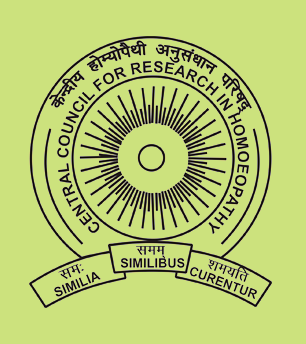Indian Journal of Research in Homoeopathy
Keywords
Checklist, Effectiveness, Homoeoprophylaxis, Interventions, Research
Article Type
Original Article
Abstract
Background: Results from large homoeoprophylaxis (HP) interventions support the effectiveness of HP, but their variable methodology means that meaningful summaries of the combined data are difficult to produce. Objective: The aim of this article is to develop possible ways of standardising and improving the quality of data from HP interventions. Methods: Evidence collected from some large HP interventions is summarised. A previously suggested pre- and post-intervention checklist intended to help standardise the evidence from HP interventions is critically examined. Results: A summary of HP evidence from large interventions shows that there is a growing body of data suggesting a level of HP effectiveness between 85% and 90%. However, the type and quality of the evidence is variable. A previously developed checklist for researchers to use is modified and examples are given from actual interventions. Conclusion: There is a growing body of evidence supporting claims that HP interventions are effective. The evidence base needs to be improved in a range of ways. Requiring a standardised checklist to be completed by researchers before and after an intervention offers one method to improve the quality and consistency of evidence collected. HP has much to offer governments, health officials and citizens globally. It is safe, relatively effective, flexible, easily delivered and highly cost-effective. Yet, it is supported by very few governments. The quantity of evidence is growing, but the onus is on proponents to strengthen the quality of the evidence base supporting HP to the point where the inevitable critics of Homoeopathy are silenced.
Digital Object Identifier
10.4103/ijrh.ijrh_18_20
Publisher
Wolters Kluwer India Pvt. Ltd.
How to cite this article
Golden I. Proposed checklist for standardising homoeoprophylaxis interventions. Indian J Res Homoeopathy 2020;14:80-89. doi: 10.4103/ijrh.ijrh_18_20



